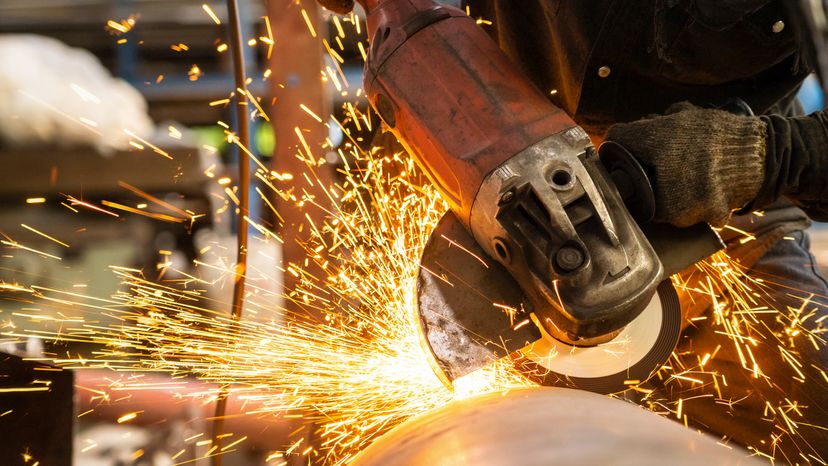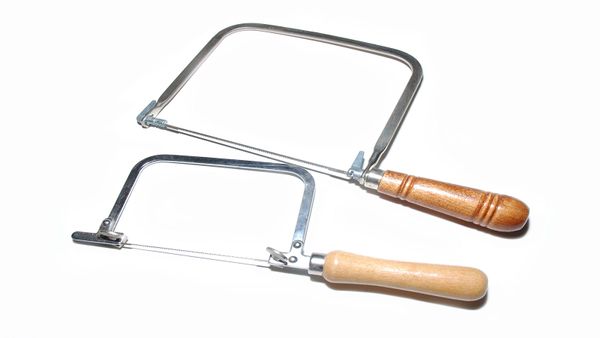
Key Takeaways
- To cut metal using a circular saw, you need a carbide-tipped abrasive cutoff wheel specifically designed for metal. They differ from wood-cutting blades in material and design to handle the hardness and characteristics of metal.
- The choice of blade depends on the type of metal being cut, with different blades required for non-ferrous metals like brass, aluminum, copper or lead. Carbide-tipped blades are durable, lasting up to 10 times longer than regular steel blades.
- When selecting a blade, consider the metal's thickness since the tooth count on the blade should correspond to the material's thickness for optimal cutting. The blade's packaging typically indicates the suitable material and thickness.
When using a circular saw, you need to be sure you're using the correct blade for the material you are cutting. Not only will you need a different blade for cutting metal than you would for cutting wood, but a metal-cutting blade should not be used in the same saw as the type used for wood. This is because a wood-cutting circular saw has an open motor housing. While a metal-cutting saw has a collection bin to prevent metal chips from getting into the machine, a woodcutting saw isn't designed this way. If you do decide to use a wood saw on metal, only use a 7 1/4-inch blade and preferably a worm drive blade, which provides extra torque. Be aware that while most saw blades should be installed with the label visible, worm-drives are mounted on the opposite side.
You'll need different blades for different kinds of metal. You should be able to use a carbide-tipped abrasive cutoff wheel for non-ferrous metals like brass, aluminum, copper or lead. Carbide-tipped blades last up to 10 times longer than regular steel ones. The pitch and design of the blade you choose will also vary depending on the thickness of the metal in question. In general, you'll want a higher tooth count for thinner metals and a lower tooth count for thicker ones. The packaging of the blade should specify what material and thickness the blade is appropriate for, and if you have any questions, you can always contact the manufacturer.
Advertisement
Most home improvement stores only carry circular saw blades for cutting wood, so you may have to search online or go to a specialty tool store. Don't choose your saw blade solely on price, or you might not be happy with the results. As always when purchasing a blade for your circular saw, make sure it has the right diameter and arbor size to match your saw.
Advertisement
